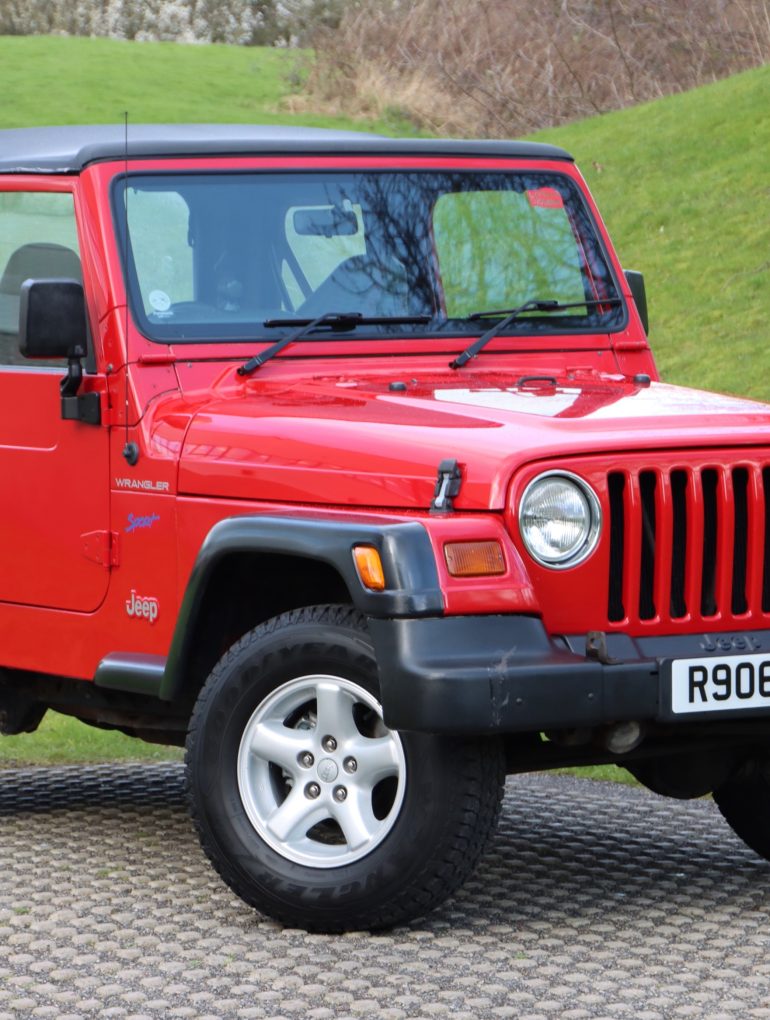The 1997 Jeep Wrangler: An In-Depth Exploration
The 1997 Jeep Wrangler marked a significant redesign and evolution in the history of the Jeep brand, ushering in the TJ generation. This model is celebrated for its blend of off-road capability, durability, and classic Jeep styling. Below is a comprehensive analysis of the 1997 Jeep Wrangler, covering its history, specifications, engine options, and overall impact.
History and Background
The Jeep Wrangler, a descendant of the military Jeep from World War II, has been a symbol of rugged off-road capability since its civilian introduction in the 1940s. The 1997 model year was particularly notable because it marked the transition from the YJ generation (1987-1995) to the TJ generation, which continued until 2006. The TJ Wrangler was unveiled in 1996 for the 1997 model year, featuring several updates and improvements over its predecessor.
Design and Styling
One of the most significant changes in the 1997 Jeep Wrangler was the return to round headlights, a departure from the square headlights of the YJ, which many Jeep enthusiasts appreciated. The TJ retained the traditional Jeep aesthetic with its seven-slot grille, exposed hinges, and boxy design. The Wrangler’s iconic removable doors and fold-down windshield were also carried over, reinforcing its utilitarian roots.
Engine and Performance
The 1997 Jeep Wrangler offered two engine options:
- 2.5-liter Inline-4: This engine produced 120 horsepower and 140 lb-ft of torque. It was mated to a five-speed manual transmission, making it a reliable but modestly powered choice for off-road enthusiasts.
- 4.0-liter Inline-6: Known for its durability and performance, this engine delivered 181 horsepower and 222 lb-ft of torque. It was available with either a three-speed automatic or a five-speed manual transmission, providing more robust power for both on-road and off-road driving.
Suspension and Off-Road Capability
One of the key enhancements in the TJ generation was the introduction of the Quadra-Coil suspension system. This coil-spring suspension replaced the leaf springs used in the YJ, resulting in significantly improved ride quality and off-road capability. The suspension setup provided better articulation and stability on rough terrain, making the 1997 Wrangler a formidable off-road vehicle.
Interior and Features
The interior of the 1997 Wrangler was designed to be practical and durable, with easy-to-clean surfaces and straightforward controls. While the interior was relatively spartan compared to modern vehicles, it included features such as:
- Basic Instrumentation: Simple gauges provided essential information.
- Manual Windows and Locks: Reflecting its utilitarian nature.
- Optional Air Conditioning: A welcome addition for comfort.
- AM/FM Stereo: Basic audio system for entertainment.
Trim Levels
The 1997 Jeep Wrangler was available in several trim levels, each offering varying degrees of comfort and off-road capability:
- SE: The base model, equipped with the 2.5-liter engine and minimal features.
- Sport: Offered the more powerful 4.0-liter engine, along with additional features.
- Sahara: The top-tier trim, featuring premium touches like body-colored fender flares, upgraded interior materials, and additional convenience features.
Safety
Safety features in the 1997 Jeep Wrangler were basic by modern standards but adequate for its time. These included:
- Driver and Passenger Airbags: For front-impact protection.
- Anti-lock Brakes (Optional): Available on some models to enhance braking performance.
Legacy and Impact
The 1997 Jeep Wrangler TJ is revered among Jeep enthusiasts for its balance of classic design and modern improvements. The return to round headlights and the introduction of the Quadra-Coil suspension were particularly well-received. The TJ generation’s durability, off-road prowess, and timeless design have ensured its continued popularity in the used car market and among off-road communities.
Conclusion
The 1997 Jeep Wrangler was a pivotal model that successfully bridged the gap between the classic Jeep character and modern engineering advancements. Its robust engine options, improved suspension, and iconic design elements have made it a beloved model in Jeep’s storied history. Whether navigating rugged trails or cruising on the highway, the 1997 Wrangler remains a testament to Jeep’s commitment to building versatile and enduring vehicles.

